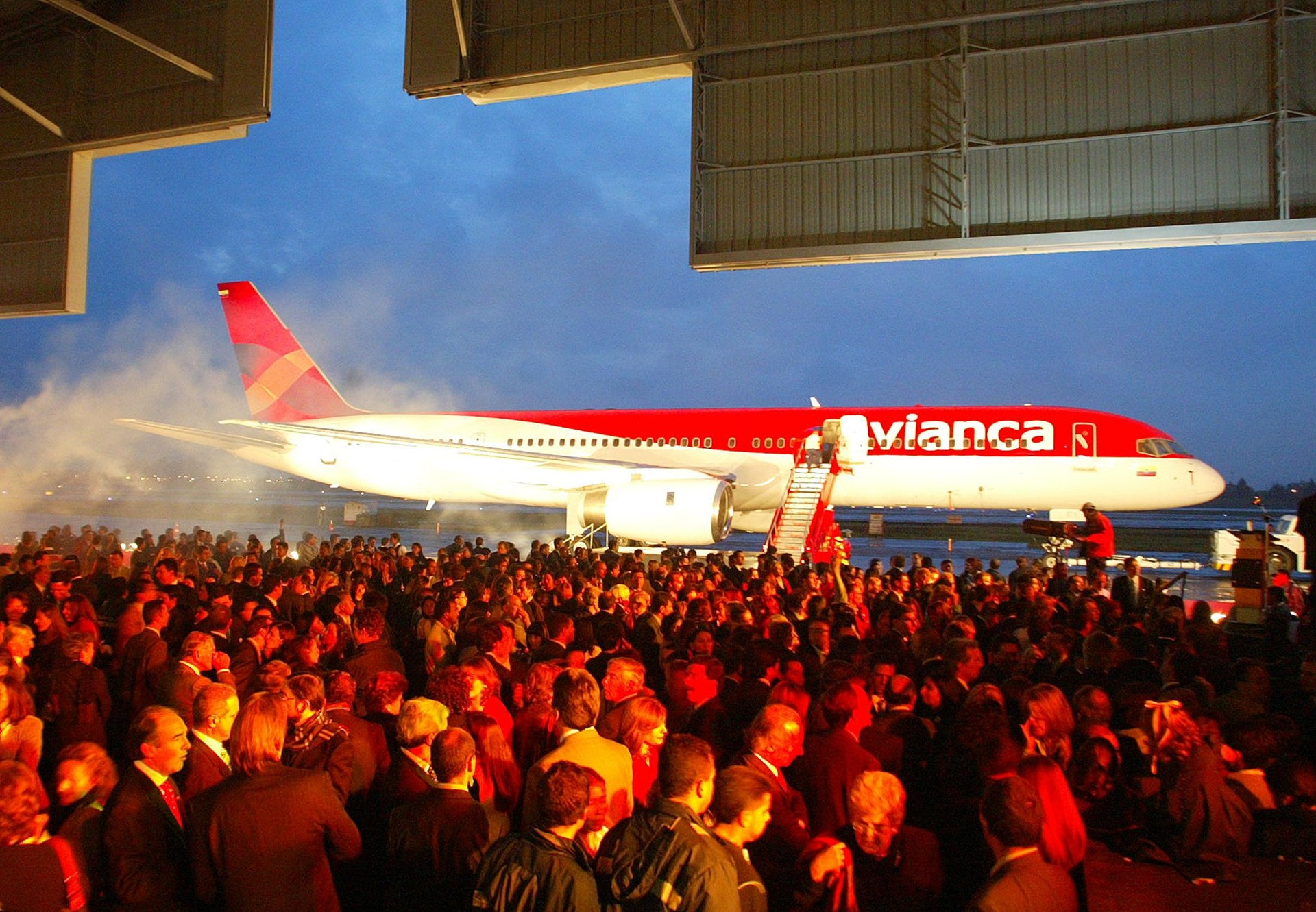Why US airlines are interested in one of the world’s most troubled economic hotspots
Two of the largest US airlines are setting their sights on one the world’s weakest economic areas: Latin America. Delta and United are both considering bids for one of the region’s largest carriers, Avianca, according to a Wall Street Journal report (paywall).


Two of the largest US airlines are setting their sights on one the world’s weakest economic areas: Latin America. Delta and United are both considering bids for one of the region’s largest carriers, Avianca, according to a Wall Street Journal report (paywall).
At first glance, this doesn’t make too much sense. Latin America as a whole has been routed by a fall in commodities prices. The International Monetary Fund expects the region’s economy to contract 0.5% this year, compared with a global growth forecast of 3.2%. That’s been denting airlines’ profits, too.
Latin American airlines’ per-passenger profit was minus $5.54, the second-lowest of all regions after Africa, according to the International Air Transport Association (pdf). And that’s even after a wave of consolidation among Latin American carriers—Brazilian airline TAM combined with Chile’s LAN in 2012 to form LATAM, and Avianca itself merged with Grupo Taca in 2010.
But look in the fine print, and Avianca is not too bad of a target.
The airline has an extensive network in Colombia with 24 destinations, and throughout Peru and Central America, where economic growth is outpacing the region. This could give either United or Delta a prime foothold some of the most promising corners of the Latin America. (Latin America’s economic weakness is largely centered on Venezuela and Brazil. Avianca operates just three flights to Brazil and two to Venezuela out of its many dozens of journeys in and out of the region.)
As US carriers battle for growth at home after a decade of losses (paywall), a look to the south might be a good bet—if they choose their destinations carefully.